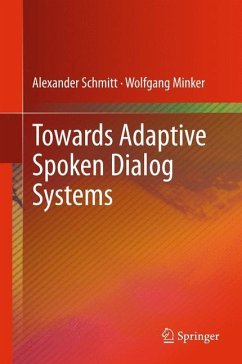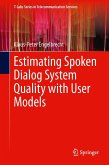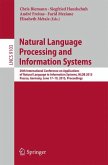In Monitoring Adaptive Spoken Dialog Systems, authors Alexander Schmitt and Wolfgang Minker investigate statistical approaches that allow for recognition of negative dialog patterns in Spoken Dialog Systems (SDS). The presented stochastic methods allow a flexible, portable and accurate use.
Beginning with the foundations of machine learning and pattern recognition, this monograph examines how frequently users show negative emotions in spoken dialog systems and develop novel approaches to speech-based emotion recognition using hybrid approach to model emotions. The authors make use of statistical methods based on acoustic, linguistic and contextual features to examine the relationship between the interaction flow and the occurrence of emotions using non-acted recordings several thousand real users from commercial and non-commercial SDS.
Additionally, the authors present novel statistical methods that spot problems within a dialog based on interaction patterns.The approaches enable future SDS to offer more natural and robust interactions. This work provides insights, lessons and inspiration for future research and development, not only for spoken dialog systems, but for data-driven approaches to human-machine interaction in general.
Beginning with the foundations of machine learning and pattern recognition, this monograph examines how frequently users show negative emotions in spoken dialog systems and develop novel approaches to speech-based emotion recognition using hybrid approach to model emotions. The authors make use of statistical methods based on acoustic, linguistic and contextual features to examine the relationship between the interaction flow and the occurrence of emotions using non-acted recordings several thousand real users from commercial and non-commercial SDS.
Additionally, the authors present novel statistical methods that spot problems within a dialog based on interaction patterns.The approaches enable future SDS to offer more natural and robust interactions. This work provides insights, lessons and inspiration for future research and development, not only for spoken dialog systems, but for data-driven approaches to human-machine interaction in general.









